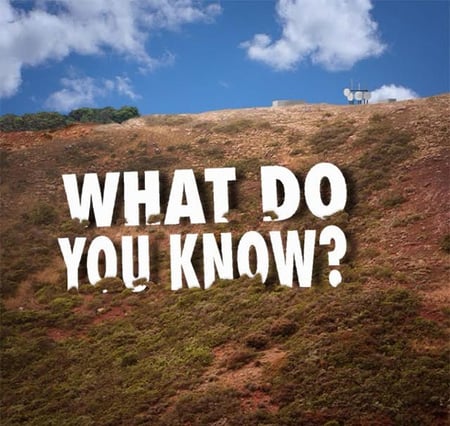The idea of personal branding seems like it's been around forever. Many people credit author Tom Peters for popularizing the concept of personal branding strategies in a late ‘90s Fast Company article. If you are unfamiliar with the term, personal branding simply means building awareness and a reputation for your business self through strategies used to develop and market product or service brands.
I talk to many senior business people who think the idea of developing personal branding strategies is nonsense. That opinion tends to soften, though, once they are trying to change careers or reinvent themselves. Then, they suddenly get the personal branding religion and reach out for ideas and advice on how to successfully (and uber-quickly) develop their personal brands.
6 Personal Branding Strategies for Senior Executives
Someone in my LinkedIn network reached out recently with news that he has left the corporate world and looking for ideas on personal brand strategies to increase his online presence. To start answering his question, and get you thinking about the concept now, before you need it, here are six personal branding strategies we suggest for senior executives in career transitions. These are fundamental and important steps to build a personal brand online (and offline) as quickly as possible:
#1 Get Started by Repackaging Content
If you have ever created any content about your chosen profession that's still relatively current, track it down. Your potential content stash could include non-proprietary presentations, articles, reports, and industry overviews. Edit these into a 300-to-500-word format. Review the pieces for tone, grammar, punctuation, and spelling (one more time never hurts), and then publish your article on LinkedIn. Two weeks later, publish another one, and keep on doing it.
#2 Share Content Online Regularly and Frequently

As you publish articles in your professional area, share links to all of them on LinkedIn, Twitter, and Facebook. Yes, if you don't already have presences on these social networks, you’ll need to create them and start growing your network on each one.
Besides links to the articles you publish, you should also share ideas and engaging tidbits about things going on in your professional life. Potential topics include your business experiences, travel updates, info on intriguing people that you meet, new information you learn, and insights you recently gained. All these social media posts help in creating the perception that you are active and in-demand. You will be amazed at how even a handful of regular posts prompt people you meet in real life to remark about how they see you doing things. That's all positive for building your personal brand.
#3 Adapt What You Share Online
As you create and share content online, continue to refine your strategy. You can do this based on how people engage with your content and the reactions they share. Rethink what you want people to know about you. What do you want them to tell someone that they are referring you to in a professional setting? As you home in on this vision, share more of the content that corresponds with it. While we would ordinarily make that a first step before creating and sharing content, at this stage it is more important to get started than to waste weeks or months figuring out exactly what you should share.
#4 Reach Out to People Regularly without Asking for Anything
Begin emailing people with ideas, tips, insights, and other content that will be helpful to them. Don't email someone you haven't talked to forever with a request to help you. Email them multiple times with beneficial ideas before you ever ask for anything, especially networking help. If your first outreach is to interrupt a valuable contact to help you, you know you aren't starting out well.
#5 Upgrade Your Personal Presence
If you don't have one already, hire a professional photographer to take great photos of you. Make sure the pictures are natural and highlight what you look like at your best. Now replace all the bad, amateurish photos of you on your social presences with these new, great photos.
Also, make an investment in Moo business cards. I'm continually surprised by how many people (even ones I'd consider business hip), don't know about Moo cards. They are pricier, but they’re of a heavier card stock; they come in striking shapes, and they can showcase multiple bold messages. Since I began using Moo cards, people repeatedly remark about them to me. They will set you apart, too, when you hand out your business card to someone.
#6 Get Out There and Meet People
Aggressively attend networking events. The key, again, is to not wait until you must network to find a new opportunity. Network when you can view it as a pure numbers game, one in which you aren’t under pressure to turn every meeting or event into a major win. When you aren't desperately needing to network, outreaches that fall through won't hurt nearly as badly -- psychologically or career-wise. If you take the big networking meeting route, bring along a friend as your wing person. Two people networking together doubles the chances that you’ll know people there. You can also encourage one another when your reserves run low.
Start Now!
The challenge is to start and keep going on all these personal branding strategies. Don’t stop doing them once you land the next opportunity you’re seeking. That’s the time to increase your outreach, not retreat from it. – Edited from Inside the Executive Suite